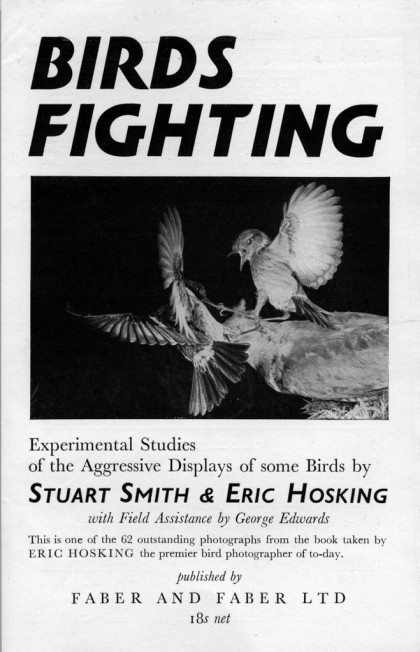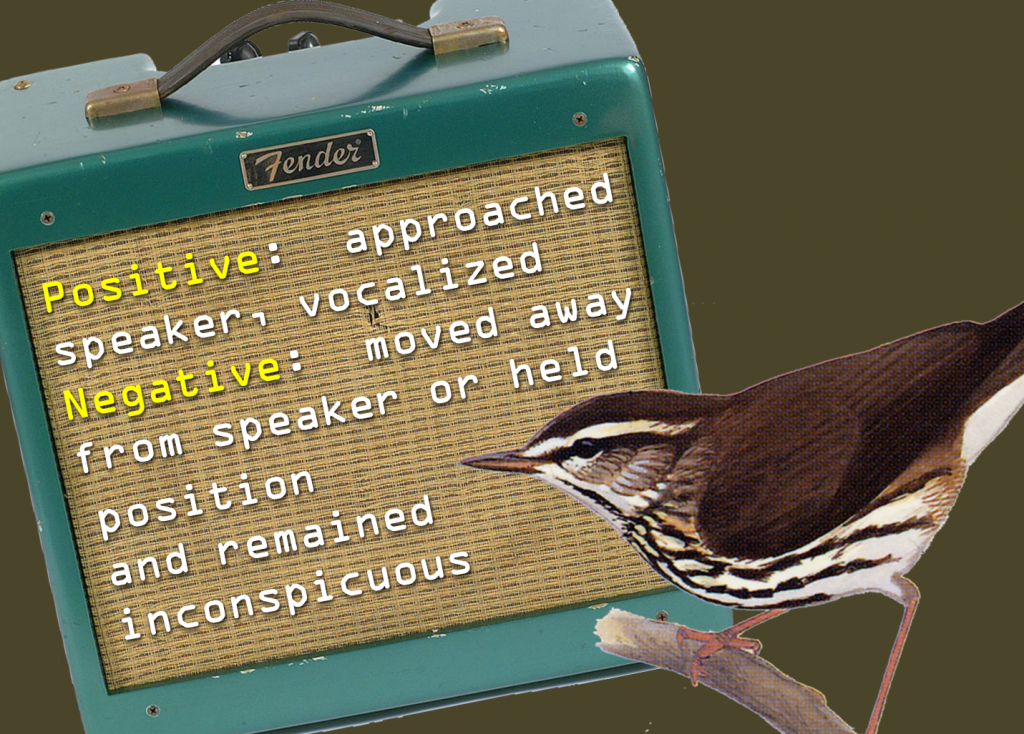
A few years ago when I was working on my dissertation defense presentation, I was googling for images of “birds fighting” to illustrate a point I planned to make about territoriality in birds. That’s when I came across a fabulous book called Birds Fighting that was published in 1955.
The book delivers on its title, sharing the results of a multitude of experiments where the authors presented numerous bird species stuffed versions of various intruders into their territories.
These intruders were other birds of the same species (competitors for mates and territories), cuckoos (old world cuckoos that are nest parasites), and predators (such as hawks and stoats).
The book was published at a time when the photography techniques needed to capture the dynamic act of “birds fighting” were just emerging. It also came at a time of great ferment in the field of animal behavior research, when the two fathers of the field, Konrad Lorenz and Nikko Tinbergen, were publishing their landmark works such as King Solomon’s Ring (Lorenz, 1949) and The Herring Gull’s World (Tinbergen, 1953). Bird dummies provided a great experimental medium for answering questions about bird behavior.
“Simulated territorial intrusions” still provide a means to learn new things about bird behavior. For example, during my graduate work in Puerto Rico, I presented a stuffed northern waterthrush (along with a recording of its chip note) to wild waterthrush I was radio-tracking on their wintering grounds. I would find each bird on its feeding area, set up the dummy, and sit back to see how the unsuspecting waterthrush reacted.

I was amazed to find that some individuals actually ran away from the simulated intruder and others kept a low profile and hid! There were some waterthrush that came in looking for a fight, but it demonstrated that birds deal with intruders in more than one way. Over time I discovered that birds who ran away or hid used poorer quality habitats and did not have exclusive territories. The ones that wanted to fight did maintain exclusive rights to high quality habitat.
Beyond their use in answering research questions, dummy birds are simply a great tool for catching wild birds. A dummy in combination with a net is the bread-and-butter capture technique for many bird studies.
The photos from Birds Fighting remain some of the best action shots of this behavior around.